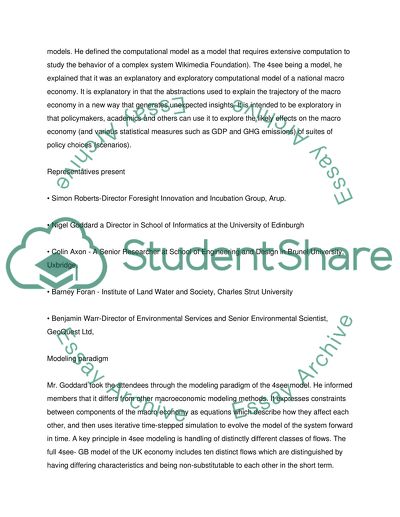Cite this document
(“A Report from a meeting on the 4see model Essay”, n.d.)
A Report from a meeting on the 4see model Essay. Retrieved from https://studentshare.org/engineering-and-construction/1473719-a-report-from-a-meeting-on-the-4see-model
A Report from a meeting on the 4see model Essay. Retrieved from https://studentshare.org/engineering-and-construction/1473719-a-report-from-a-meeting-on-the-4see-model
(A Report from a Meeting on the 4see Model Essay)
A Report from a Meeting on the 4see Model Essay. https://studentshare.org/engineering-and-construction/1473719-a-report-from-a-meeting-on-the-4see-model.
A Report from a Meeting on the 4see Model Essay. https://studentshare.org/engineering-and-construction/1473719-a-report-from-a-meeting-on-the-4see-model.
“A Report from a Meeting on the 4see Model Essay”, n.d. https://studentshare.org/engineering-and-construction/1473719-a-report-from-a-meeting-on-the-4see-model.


